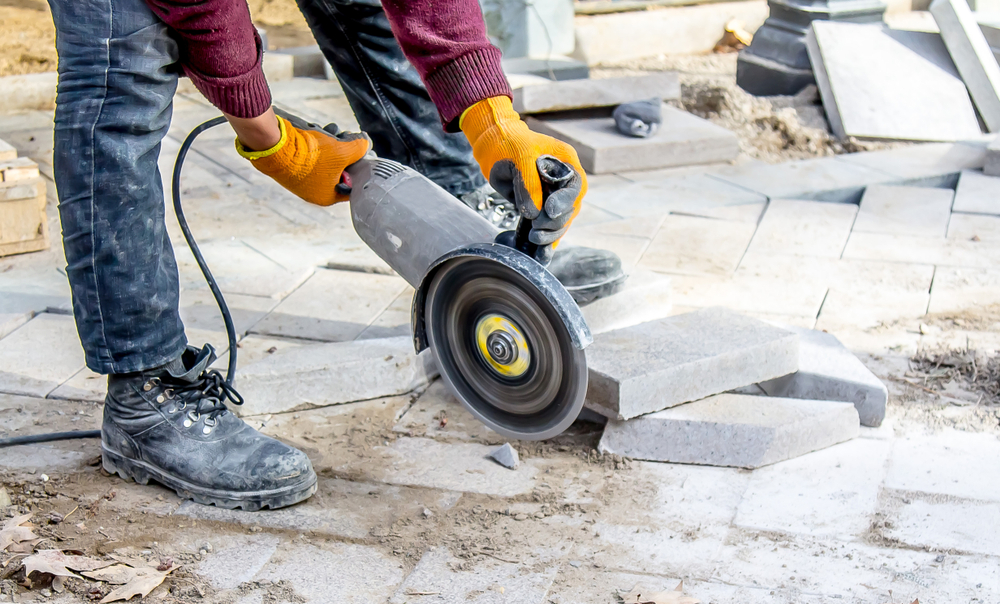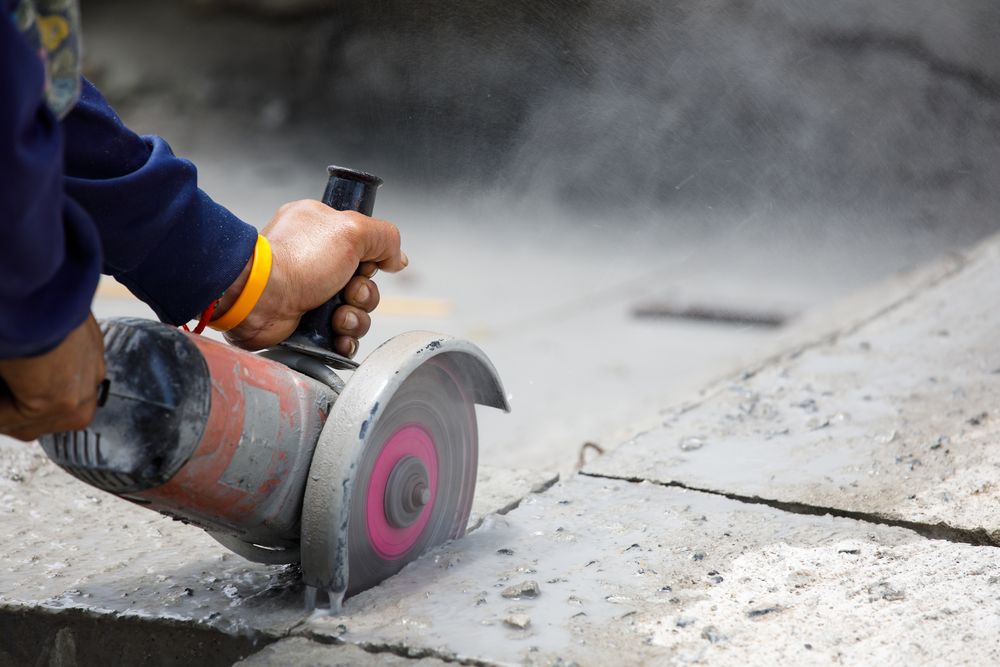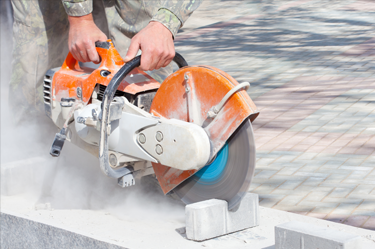Are you looking to have some concrete cut? Hydraulic ring saws are an essential tool as part of the process. Let’s take a look at do’s and don’ts of using hydraulic ring saws in more detail below.
Hydraulic ring saws are powerful tools that can make short work of almost any cutting job, even cutting concrete. Like any power tool, however, they must be handled with respect.
A short lapse of attention, or a few moments of laziness, and you could lose an eye or a finger.
Staying Safe When Using a Ring Saw
DO: Wear appropriate safety equipment. Safety glasses, robust footwear, a face mask and gloves should be a part of your day-to-day safety kit when cutting concrete on the job.
Even if you’re wet cutting, wearing a mask will help to protect your lungs from any dust that gets kicked up.
The long-term impact of inhaling concrete dust is unclear, but it is known that inhaling large amounts of dust can injure the lungs, causing fibrous scar tissue to form, which can lead to a condition called fibrosis.
DON’T: Use a handheld hydraulic wind saw in bad weather. Heavy rain can lead to slippery surfaces, strong winds can make it difficult to control the saw.
Bad weather, in general, can make it difficult to concentrate and may lead to unsafe operation of the saw.
DO: Check the blade before operating the saw, and replace it if necessary.
DON’T: Operate any form of hydraulic or power tool while tired, intoxicated, or taking medication which could cause drowsiness.
DO: Ensure that you are wearing appropriately fitting clothing (no baggy sleeves or loose garments) and that any loose jewellery has been removed.
If you have long hair, ensure that it is tied back and suitably contained so that there is no risk of anything catching the saw blade while it is rotating.
DON’T: Attempt to use a handheld saw as if it were a fixed tool. If you need to cut a small item, use an appropriate tool for that job.
DO: Turn off the tool when it is not in use, and make sure that the safety/guard is in place if you are going to leave the tool unattended.
DON’T: Touch the tool immediately after you have been cutting with it. The blades of ring saws cut through abrasion and can get very hot. Always allow them to cool down before moving them.
DO: Make sure that the area around you is free from obstruction and that there are no children or pets nearby before you start cutting.
In addition, make sure that there are no loose items nearby that could cause distraction or obstruction, and that you have a stable foothold.
DON’T: Operate a ring saw in an area where you would be unable to summon help in an emergency. Ideally, there should be others with you when you are working.
DO: Take regular breaks. Operating this kind of machine can lead to nerve or circulation damage in the fingers/hands.
If you start experiencing tingling, prickling or altered sensation in the extremities, stop using the saw immediately.
The risk of nerve and circulation damage increases at colder temperatures, so more frequent breaks may be necessary during cold weather.
Putting Safety First
Modern hydraulic ring saws are incredibly powerful and can make short work of things that would have previously been challenging to cut. With the right blades, they can be a joy to use.
You and others on your site should get regular safety training to ensure that the machines are operated safely.
Whenever you are handling powerful equipment, whether it’s a hydraulic handheld ring saw, a drill, sander, or something else entirely you should always wear appropriate safety equipment.
Follow the manufacturer’s directions for using the tool to the letter and never cut corners.
A few extra moments doing things right today could save you from some expensive mistakes or a trip to the emergency room!
If you are looking for a specialist concrete cutting company who uses only the best practices to get the job done right, then please call us at Megasaw on 1300 920 419 or contact us through our website.



